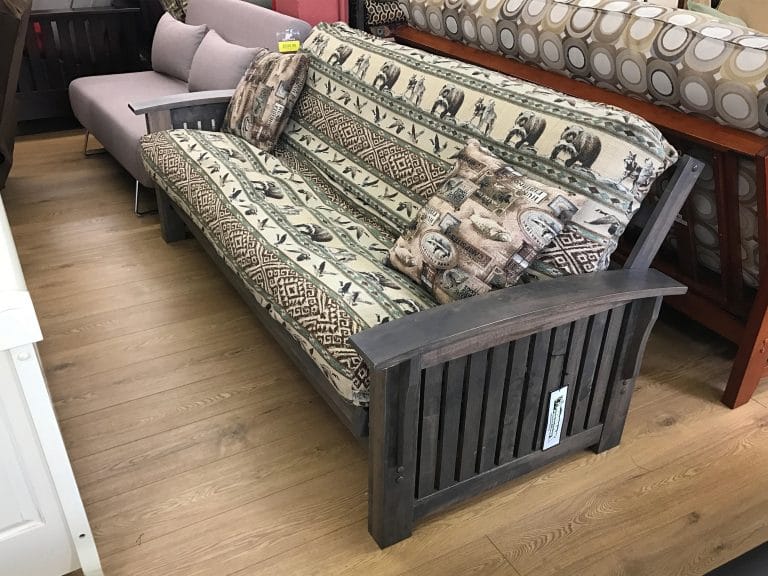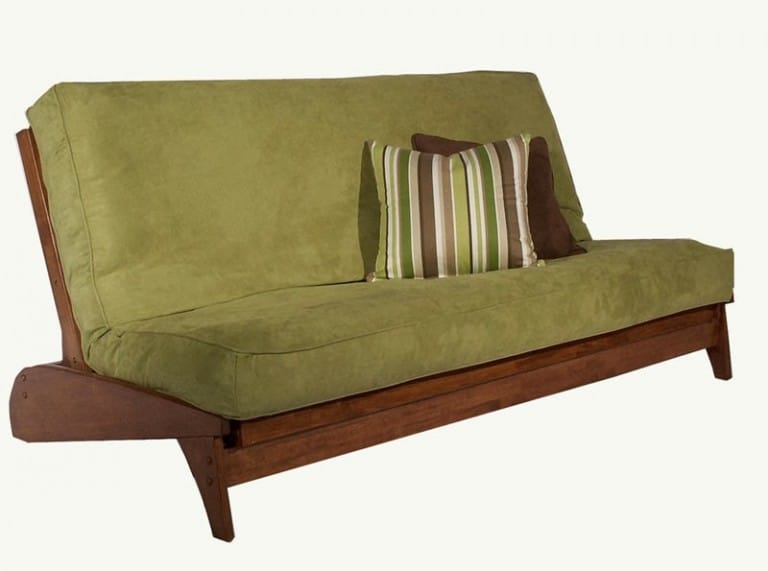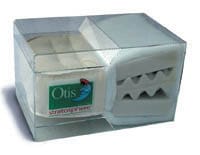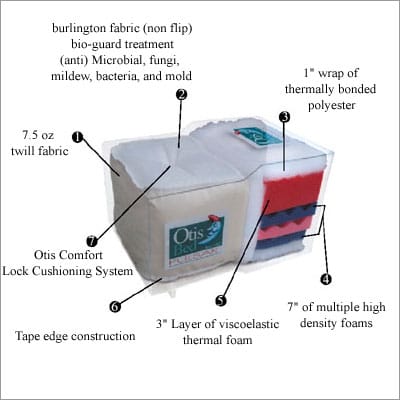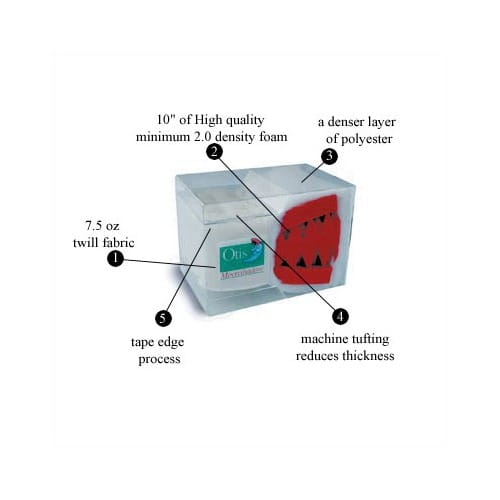How to Shop for a Futon: A Comprehensive Guide
Futons are versatile pieces of furniture that serve as both a comfortable sofa and a convenient bed. Whether you’re looking to furnish a small apartment, a guest room, or a multipurpose space, how to shop for a futon requires careful consideration. In this guide, we will walk you through the essential factors to consider when shopping for a futon, ensuring you find the perfect one that meets your needs and preferences.

Determine Your Purpose
Before starting your futon shopping journey, determine the primary purpose of the futon. Will it be used as a main seating option, a guest bed, or both? Understanding the intended use will help you narrow down your options and choose a futon that suits your specific requirements.
Consider Size and Space
Evaluate the available space where the futon will be placed. Measure the dimensions of the area to ensure the futon will fit comfortably without obstructing other furniture or walkways. Additionally, consider the size of the futon when unfolded into a bed to ensure it provides enough sleeping space.
Select a Frame Material
Futon frames are commonly made from wood or metal. Each material has its own advantages and aesthetic appeal. Wooden futon frames offer durability, a natural look, and a wide range of finishes, while metal frames provide a sleek and modern appearance. Consider your preferred style, maintenance requirements, and budget when choosing the frame material.
Evaluate Mattress Options
Futon mattresses are available in various materials, including foam, innerspring, and combination (foam and innerspring). Each type offers different levels of comfort and support. Foam mattresses are generally more affordable and lightweight, while innerspring mattresses provide better support for long-term use. Combination mattresses offer a balance between comfort and support. Test out different futon mattress types to determine the level of comfort you desire.
Check Mattress Thickness, Firmness, and Material Options
The thickness and firmness of the futon mattress are crucial factors in determining its comfort level. Thicker mattresses generally provide better cushioning, especially if you plan to use the futon bed frequently. Consider your personal preferences and the intended use of the futon when selecting the thickness and firmness of the mattress.
Additionally, when choosing a futon mattress, you can also explore natural and organic options. Natural and organic futon mattresses are made from materials that are free from harmful chemicals and synthetic materials. They are typically constructed using natural fibers such as organic cotton, wool, or latex. These mattresses are hypoallergenic and provide a healthier sleeping environment. If you prioritize eco-friendliness and sustainability, considering natural and organic futon mattress options would be a great choice.
Natural and organic futon mattresses offer benefits such as breathability, moisture-wicking properties, and resistance to dust mites and allergens. They are known for their durability and ability to conform to the body’s shape, providing optimal comfort and support. Exploring these options allows you to create a more environmentally friendly and health-conscious living space.
When selecting a futon mattress, consider not only the thickness and firmness but also the material composition, ensuring it aligns with your preferences and values. Take the time to research and compare different natural and organic futon mattresses to find the one that best suits your comfort needs and eco-friendly goals.
Remember, choosing a suitable mattress is essential for a good night’s sleep and overall well-being. By considering thickness, firmness, and material options, including natural and organic alternatives, you can make an informed decision when shopping for a futon mattress.
Evaluate Conversion Mechanisms
Futons come with different mechanisms for converting between sofa and bed positions. Common mechanisms include bi-fold, tri-fold, and click-clack. Bi-fold futons fold in half, while tri-fold futons fold into thirds. Click-clack futons feature a backrest that reclines to form a flat surface. In addition to the previously mentioned conversion mechanisms, there are two additional options to consider: front-loading and wall-hugging mechanisms.
Front-loading mechanism: This type of futon allows you to convert it into a bed by pulling the seat section forward, which then unfolds to create a flat sleeping surface. Front-loading futons are convenient when space is limited, as they don’t require extra clearance behind the futon for the conversion.
Wall-hugging mechanism: Wall-hugging futons are designed to minimize the amount of space required for conversion. They can be easily transformed into a bed without having to move the futon away from the wall. This mechanism is especially useful in smaller rooms or spaces where every inch counts.
Consider your specific space constraints and convenience preferences when choosing between these additional conversion mechanisms.
Assess Quality and Durability
As with any furniture purchase, it’s crucial to assess the quality and durability of the frame and mattress. Inspect the frame for solid construction, sturdy materials, and reliable hardware. Look for features like reinforced joints and durable finishes that can withstand regular use.
For the mattress, consider factors such as the density of foam or the quality of innerspring coils. Look for mattresses that offer good support, comfort, and durability. Reading customer reviews and checking for warranty information can provide valuable insights into the overall quality and longevity of the futon.
Consider Style and Design
Futons are available in a variety of styles and designs to suit different tastes and interior aesthetics. Consider the overall theme and decor of your space, and choose a futon that complements it seamlessly. Pay attention to details such as upholstery fabric, color options, and decorative features to ensure the futon aligns with your desired aesthetic.
Set a Budget
Before embarking on your futon shopping journey, it’s important to establish a budget. Determine the maximum amount you’re willing to spend on the futon, considering any additional costs such as mattress upgrades or accessories. Having a budget in mind will help you narrow down your options and find a futon that meets both your needs and financial constraints.
Test and Compare
To make an informed decision, visit furniture stores or explore reputable online retailers to test and compare different futon options. Sit on the futon, adjust the conversion mechanism, and evaluate the overall comfort and functionality. Pay attention to the ease of conversion, the quality of the mattress, and the stability of the frame. Comparing multiple models will allow you to choose the futon that best suits your requirements.
Shopping for a futon requires careful consideration of factors such as size, frame material, mattress type, conversion mechanisms, quality, style, and budget. By evaluating these elements and considering additional features like front-loading and wall-hugging mechanisms, you can find a futon that not only fits your space but also provides comfort, durability, and style. Remember to thoroughly test and compare different options before making your final decision. Happy futon shopping.

